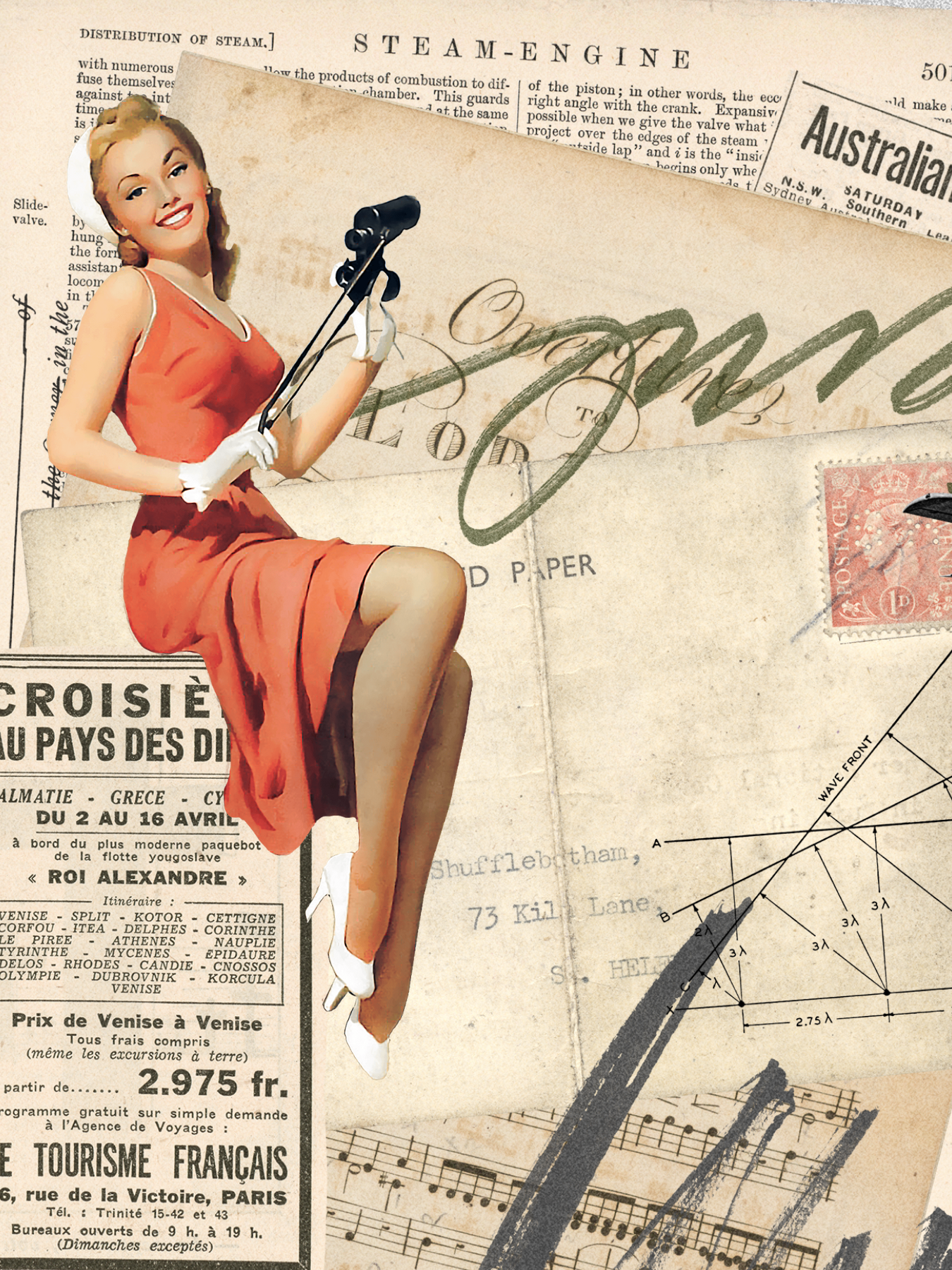
How a Bestseller Gets Ideas (With Inspiration From Elizabeth Peters)
Have you ever loved a book so much that when you finished it, you just sat in stunned silence for a moment?
How did the author get these ideas? you ask. Maybe you turn to Google and find some witty response from the author, or nothing at all.

a.k.a Barbara Michaels
For aspiring writers, this can be maddening! If each book is an invention, ideas are the schematics and blueprints. I want to know how you built this!
Most of the books I referenced above were written by Elizabeth Peters, the pseudonym of Barbara Mertz. She was a New York Times bestselling author with more than 70 books to her name, the most well-known of which are the Vicky Bliss and Amelia Peabody series.
Her heroines have long been my role models, and I make no secret of the fact that many of my life decisions (like studying abroad in Italy and Egypt) were motivated by their fictional journeys.
(“I don’t care if they aren’t real” – TeamRamses, a fellow admirer of the books, sums up my feelings exactly.)
But now, as an aspiring writer, I’m nearly as interested in the creative process behind the stories as I am the stories themselves.
When asked where she gets her ideas, Mertz wrote in her fall 1993 newsletter:
“I have become somewhat testy when people ask where I ‘get’ my ideas. Expressed in that fashion, the question implies that ideas can be ordered, singly or by the dozen, from a catalogue. Ideas aren’t “got.” They grow like a coral reef, by slow accretion, starting with a single, simple concept — a one-liner, one might call it. Gradually this basic premise develops details — a specific setting, the names and personalities of the characters, various plot devices. When enough material has built up, the structure rises out of the murky depths of my subconscious and becomes visible as a possible plot.”
An interesting analogy, but I’m still not sure I have a clearer idea of how these ideas formed.
Luckily, I was able to do in-depth, original research on Barbara Mertz’s creative process for my Master’s degree. In one of the coolest trips of my life, I was able to read her notes, outlines, drafts, and manuscripts just after they were donated by her estate. The librarians hadn’t even archived many of the boxes yet!
One of the most extraordinary parts of this trip? Seeing firsthand how Mertz’s ideas developed. Her notes for The Camelot Caper are a particularly good example. Dated “August 2 or 3 1968,” she wrote:
High time one was contemplating another masterpiece, E. Peters this time. So far all I have is this. Heroine arrives in England — by boat? — in the south, anyhow. Southampton is near enough some of these places to justify stopping off at them…Must get her to London somehow. Anyhow, she is being chased.
The notes pick back up on August 15, 1968:
Title: “The Camelot Caper.” Only problem is to work in Camelot. Start with heroine in [bus], some local bus. Being chased by hoods [sic]. Flashback? Mind goes back to when she first saw them, they narrowly miss her at the boat, flub catching her by some stupidity so that she is alerted. Sees them again–where? In one of the cathedrals, maybe Wells, since I like it best…Use quotes from nice service book I collected. Yes, Wells, they can trap her on the stairs…
In these notes, you can actually see the ideas grew in her subconscious. You can see how, whether she realized she it or not, one of her tools was the questions secret, which I spoke about on the very first episode of the Vocabbett podcast. She would ask herself questions, and her brain would answer them to further the plot!
I could go on about this subject forever, but the purpose of this series is to write a book, so where does that leave me (and you?).
For me, I am in that early notes phase for the sequel to Ahead of Her Time. I know where Noor is and a rough idea of what she needs to do, but I still have a lot of questions to ask my brain!
I’ll share some of them on Thursday!
P.S. If you’re new to the world of Elizabeth Peters, I wouldn’t start with The Camelot Caper (referenced above). Rather, I suggest starting with Borrower of the Night or Crocodile on the Sandbank, which are the first books in her most well-known series.